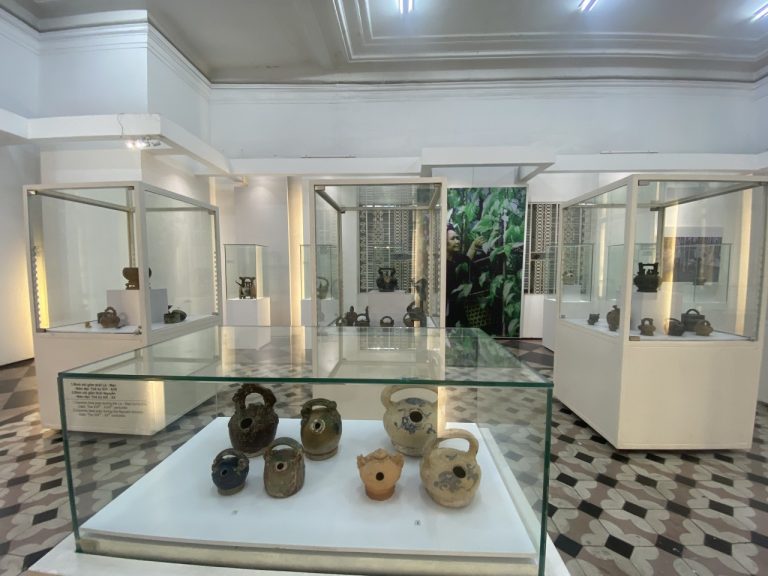1. Ha Van Tan – Nguyen Van Ku – Pham Ngoc Long, Vietnam Pagoda , Social Science Publishing House, Hanoi 1993
Buddhism was introduced to Vietnam around the beginning of the Common Era, during which time temples gradually sprang up in different times and spaces in Vietnam.
Through nearly 2,000 years of Vietnamese Buddhist history, the architectural style of the pagoda as well as the Buddha hall inside has changed with time and space. But no matter how that transformation happened, we recognize some common features of Vietnamese pagodas.
The proverb has the saying “King’s land, village pagoda” showing the ancient concept that all land in the country belongs to the king and the temple belongs to the village community.
Building a pagoda is always an important job for Vietnamese villagers, especially choosing land to build a temple. In general, Vietnamese pagodas are often built in places with beautiful natural scenery.
The book “Vietnamese pagodas” gives readers the characteristics of Vietnamese Buddhism through descriptions and images of Vietnamese temples. Thereby, it not only shows the characteristics of Vietnamese religions and beliefs but also helps us understand an important aspect of the history of Vietnamese culture and thought.
- Youth Heroes , Youth Publishing House, Ho Chi Minh City 2011.
There are generations who were born and raised in a time when the whole country was boiling with the spirit of fighting against foreign invaders. Generations have devoted their blood and blood to independence and freedom with a passionate heart and extraordinary will.
The book “Young Heroes” has drawn portraits of 12 heroes among thousands of other young heroes in that historical period. They are very young people, but they carry in them fervent patriotism, iron will and deep hatred for the enemy.
Through this book, we will feel the brave sacrifices of young heroes in the face of the loss of their homes, ready to devote their youth to the country.
- Hoa Nau Pottery, Saigon Culture Publishing House, 2007
Brown flower ceramic (Iron brown, Inlaid brown) – a line of ceramics with brown decoration as the main color, imbued with folk art, has occupied a very important position in the ceramic complex for 4 centuries, contributing to many unique features for Dai Viet art.
The book introduces brown-flowered pottery with a long history from the 11th to the 15th centuries and then gradually faded away as blue-flowered pottery became popular. Brown flower ceramics have been made in different stages through different stages, but all follow the motif of flowers and leaves, especially lotus flowers, people and animals, expressing the culture and religious life of the Vietnamese people, especially Buddhism. . Many historians have called the era of existence and development of brown flower pottery as the era of Buddhist monarchy.
Through the book, readers can imagine the difference in type and decoration of brown flower pottery in different periods through detailed descriptions of the author along with vivid and sharp illustrations.





